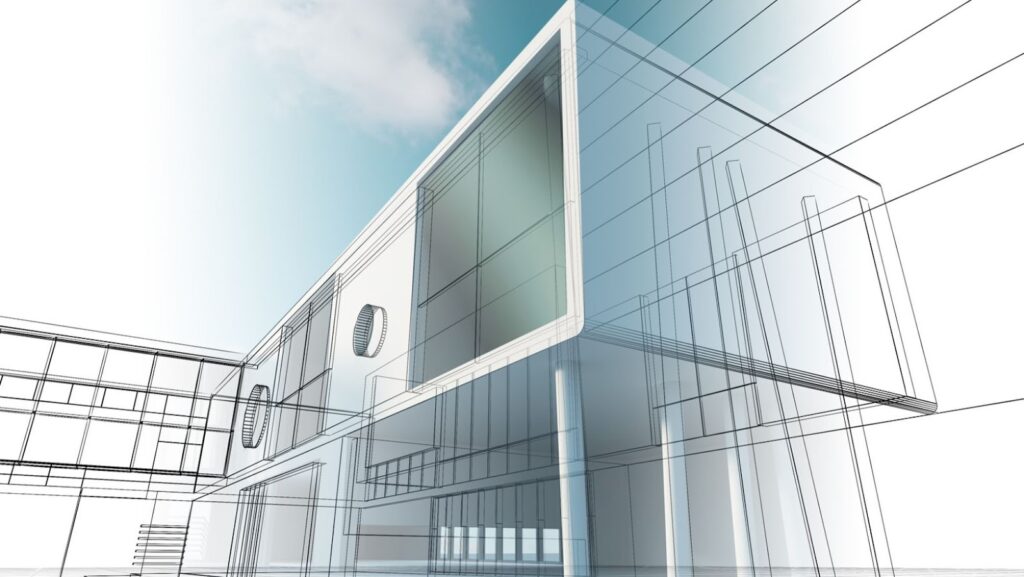Urban landscape architecture is reshaping the way we experience city life, blending nature with the built environment to create vibrant, sustainable spaces. As cities expand, the need for green oases that offer both aesthetic appeal and environmental benefits becomes increasingly crucial. Urban landscape architects are at the forefront of this transformation, designing parks, green roofs, and public plazas that enhance urban living. These professionals skillfully integrate natural elements into urban settings, addressing challenges like pollution, climate change, and limited space. Their work not only improves the visual appeal of cities but also promotes biodiversity and enhances residents’ quality of life. By reimagining urban spaces, landscape architects play a vital role in crafting cities that are not just livable but also thrive with ecological harmony.In an era where urbanization is accelerating, the importance of innovative landscape architecture cannot be overstated. It promises a future where cities are both functional and beautiful, offering a harmonious balance between nature and urban development.
Urban Landscape Architecture
Urban landscape architecture combines nature with built environments to create harmonious urban spaces. These spaces include parks, gardens, plazas, and streetscapes, enriching urban living while reducing environmental impact. Urban landscape architects focus on elements like vegetation, water features, and natural lighting to create aesthetically pleasing and sustainable settings. Trees, shrubs, and plants in urban areas improve air quality and provide shade, reducing heat and enhancing residents’ well-being. Rain gardens and green roofs manage stormwater, mitigating flood risks and promoting water conservation. Access to green spaces encourages physical activity, supports mental health, and fosters community interaction. Urban landscapes incorporate native species, supporting local ecosystems and enhancing biodiversity. Green infrastructure, such as permeable pavements and urban forests, helps cities adapt to climate change by reducing heat and managing water. By integrating these elements, urban landscape architecture transforms cities into vibrant, sustainable environments that prioritize both ecological and human well-being.
Key Principles of Urban Landscape Architecture
Urban landscape architecture plays a pivotal role in creating sustainable and aesthetically pleasing city environments. It integrates core principles to address urban challenges and enhance residents’ quality of life. Incorporating sustainability ensures urban spaces endure environmental challenges and resource limitations. Designers utilize renewable materials and technologies, minimizing environmental impact. Vegetation selection focuses on native plants, reducing maintenance needs and supporting local ecosystems. Water conservation techniques like rainwater harvesting systems and permeable pavements manage urban runoff efficiently. These strategies contribute to self-sustaining urban landscapes, promoting ecological balance in densely populated areas. Using native plants reduces the need for water, fertilizers, and pesticides, minimizing environmental footprints. Overall, urban landscape architecture mitigates climate change effects by promoting sustainable practices. Urban landscape architecture faces several challenges that increase as cities grow and evolve. These hurdles impact the design and implementation of green urban spaces. Limited space in densely populated areas often restricts the scope of landscape projects.
Benefits of Urban Landscape Architecture
Urban landscape architecture enhances city environments by integrating natural elements into urban spaces. This practice yields significant benefits that extend beyond aesthetics. Urban landscape architecture positively influences environmental conditions. Planting trees and vegetation in cities improves air quality by filtering pollutants and increasing oxygen. Green spaces, like parks and gardens, provide habitats for urban wildlife, supporting biodiversity in heavily populated areas. Rain gardens and permeable pavements reduce stormwater runoff, lowering flood risks and promoting groundwater recharge. Using native plants reduces the need for water, fertilizers, and pesticides, minimizing environmental footprints. Overall, urban landscape architecture mitigates climate change effects by promoting sustainable practices. Urban landscape architecture faces several challenges that increase as cities grow and evolve. These hurdles impact the design and implementation of green urban spaces. Limited space in densely populated areas often restricts the scope of landscape projects. Tall buildings, roads, and infrastructure commonly compete for available land, making it hard to designate areas for parks and gardens. Architects employ creative solutions such as vertical gardens and rooftop terraces to maximize usable area. Practitioners must efficiently use every inch available to create functional and inviting environments.

